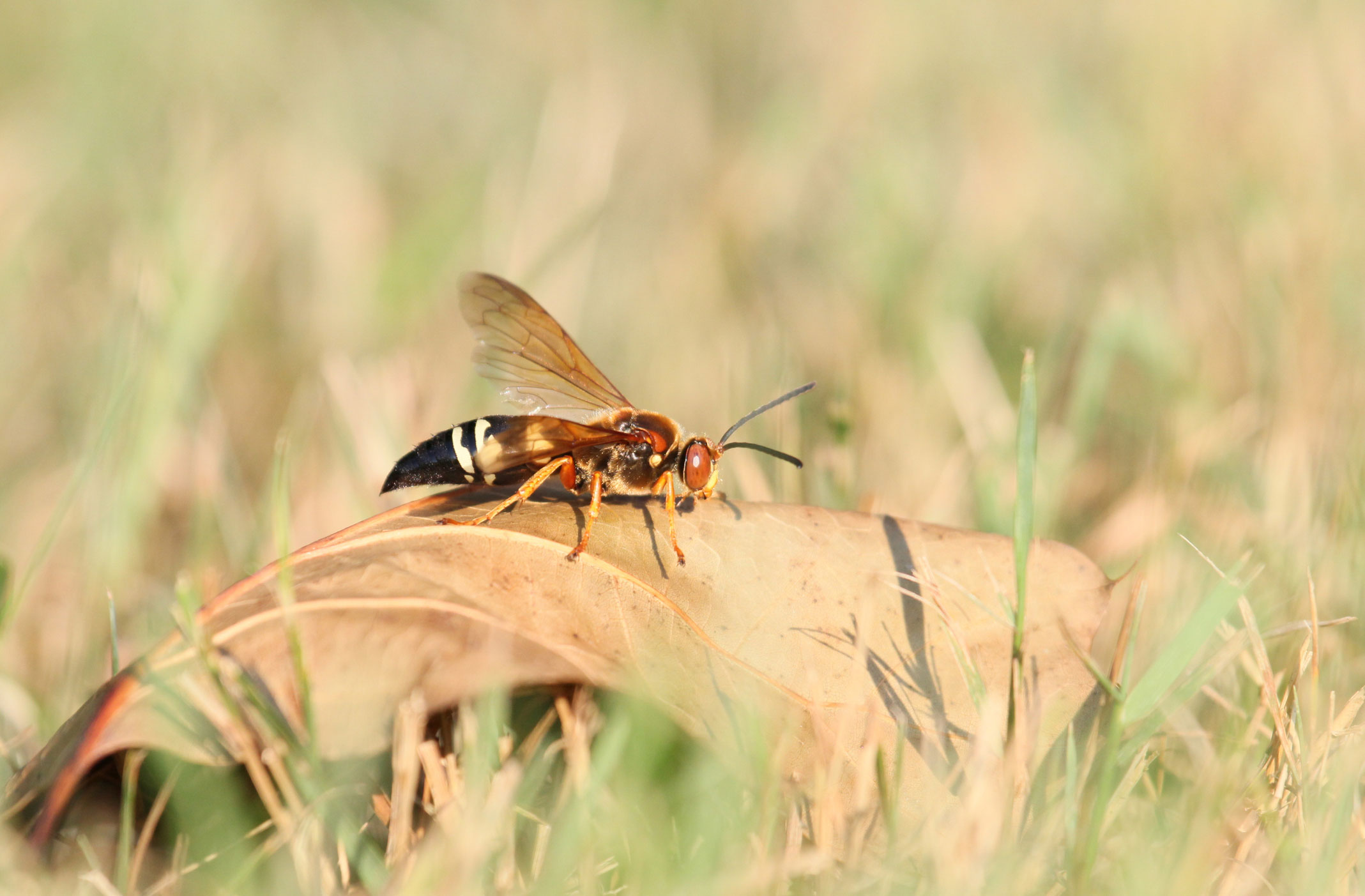You amble over to the food table at your annual family picnic (it takes place every August) to snag another hot dog and some of Aunt Linda’s famous potato salad.
But there’s a problem.
You can hardly move without coming face-to-face with a yellowjacket.
They’re everywhere!
You see them hovering over the sodas, zipping between the platters of cold cuts, and guarding the brownies with their lives. They’re just waiting for someone to get close enough to attack. You rethink the hot dog and stare mournfully at the potato salad as you sidle away to avoid getting stung.
If something similar has happened to you, you’re not alone.
August and September are peak season for wasps, yellowjackets, and other stinging pests.
In this article, we’ll break down the reasons why, how to prevent them from overtaking your home, and when it’s a good idea to call in professional backup.
Keep reading for all the details.
Why August is Peak Season for Yellowjackets, Wasps, and Other Stinging Insects?
August is peak season for yellowjackets, wasps, and other stinging pests primarily because that’s when their colony is the biggest. Only the new queen of the colony survives the winter; all other members die off. That means that each spring, these pests start from square one and grow to a nest of over 5,000 workers and 15,000 cells by the time summer turns to fall. In other words, you are bothered more frequently in August because there are more pests to bother you.
You may be thinking, “Okay, so there are more of them, but the wasps and yellowjackets I’ve seen this time of year are downright aggressive.” You’re not imagining things.
In late summer, they move from a high-protein diet designed to feed the young to a sugary, high-carb one, which may account for their jitters. The queen stops laying eggs, so there are no more young to feed. The remaining worker drones sense that the end of their seasonal cycle is near, and they become more territorial and protective of their nests.
When Do Stinging Insects Start to Become a Problem?
Stinging pests become a problem when they sting you! Insect sting injuries account for thousands of ER visits each year and can be very dangerous for people who are allergic. What’s more, certain types of stinging insects can cause damage to your home and property.
Here are the most common stinging insect problems to watch out for:
- Yellowjackets: these small hornets use abandoned rodent burrows, wall cavities, or attics to build their nests. Unlike bees, they can sting multiple times and even swarm you if you disturb their nests. They can be especially dangerous to small children or curious pets who accidentally stumble upon a colony.
- Wasps: Wasps make their nests by chewing up wood and mixing it with their saliva to form a pulp. They aren’t picky about where they build their nests as long as it’s warm, sheltered, and near a food source. They particularly like to cozy up behind siding, under eaves, and on porches, making it hazardous for you to simply use your front door. Additionally, large wasp nests can become damp, increasing your risk of moisture damage.
- Hornets: Larger and more aggressive than wasps, hornets are not native to Virginia. These invasive creatures gnaw holes in the bark of trees and shrubs to harvest sap and material for nests. These holes can attract flies and sap beetles and invite a secondary pest problem onto your property.
How to Get Rid of Yellowjackets, Wasps, and Other Stinging Insects
It’s best to leave yellowjacket, wasp, and hornet removal to the experts. That said, there are things you can do to prevent them from becoming a problem in the first place.
- Keep your trash covered: seal your outdoor trash bins as the scent of sweets and decay can attract these stinging pests.
- Fill ground holes and entry points: Yellowjackets love abandoned rodent burrows and ground holes, while wasps will exploit gaps in siding, soffits, and vents. Fill, caulk, or cover these spaces to prevent them from becoming nesting sites.
- Practice Safety at Picnics: Keep food and drinks (particularly sugary ones!) covered at all times when outdoors.
If you do find yourself dealing with stinging insect problems, call the professionals at Bugman Exterminating. According to our pros, “Wasps, hornets, and yellow jackets are dangerous and must be treated with respect. Nests should be removed with great care and in a very specific manner. Our experts are trained in proper methods to get rid of these bugs and destroy their nests without anyone getting hurt.”
At Bugman Exterminating, we deal with stinging insects by:
- Precisely locating the infestation
- Using proper equipment and solutions that are safe for you and your family
- Provide advice and solutions for long-term prevention
- Do everything at a reasonable price so you won’t hesitate to call us with future problems.
Keep your August and September safe and sting-free with Bugman Exterminating.


